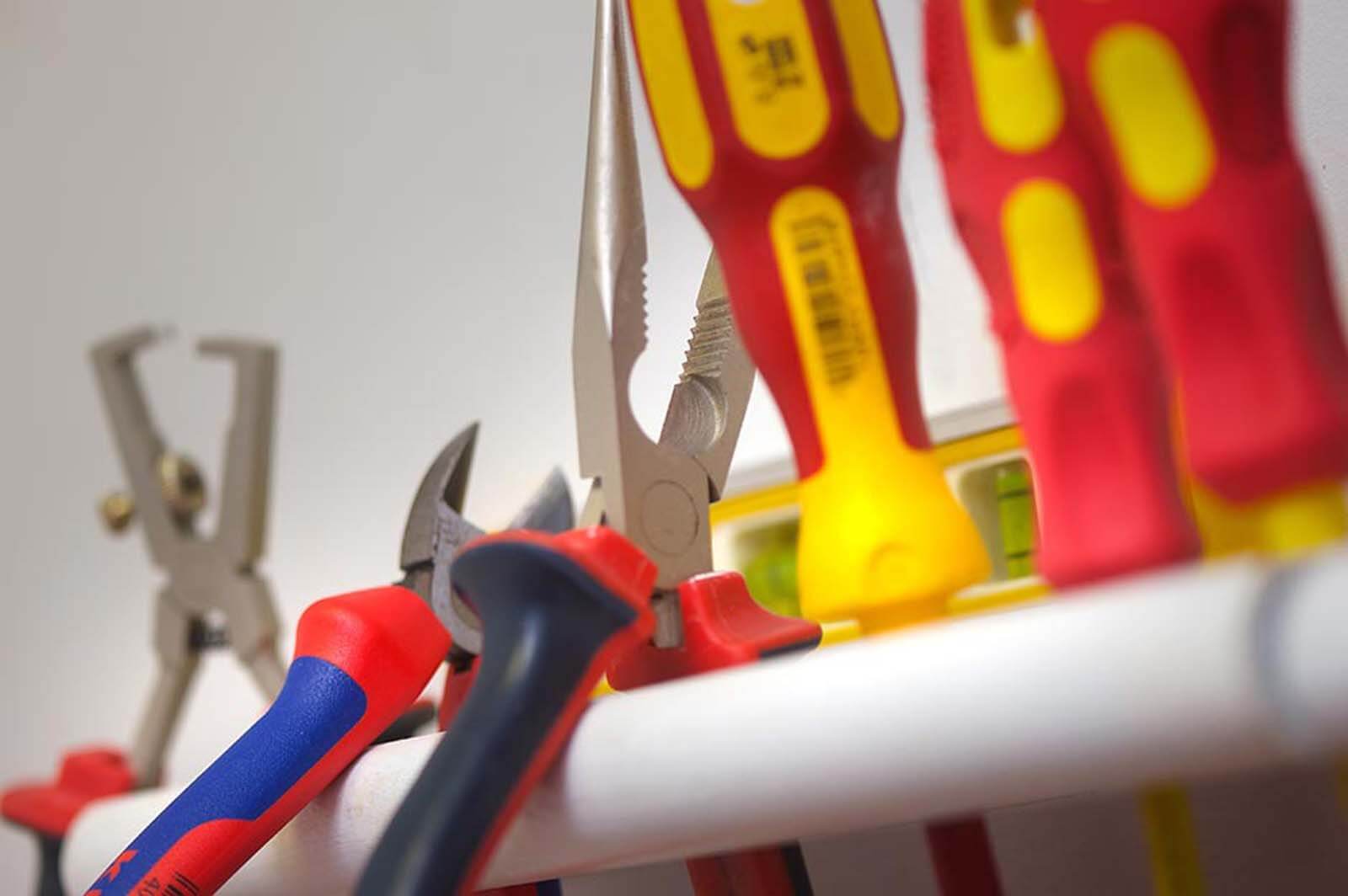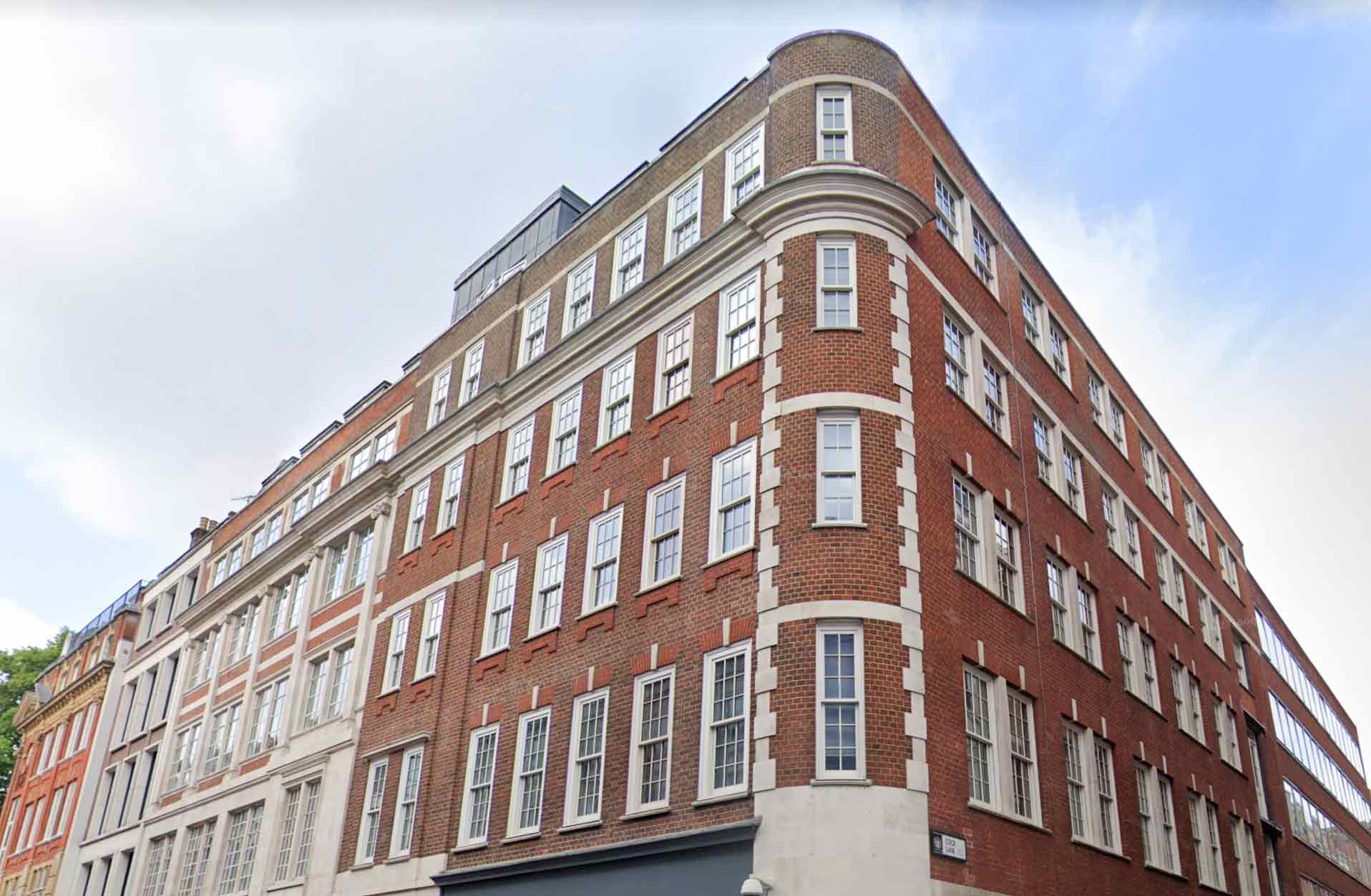** Please note that the 17th Edition was replaced in July 2018 by the 18th edition. Visit our 3 Day 18th Edition Course page for more info.**
The six months transitional period from the Green book to the Yellow book is over! From 1st July 2015 BS7671 17th Edition Amendment 3 must be used for the design of electrical installation. So apart from a colour change to the cover and a change in the numbering system, what things should we have implemented by now?
Fire Safety
The headline grabbing changes were those introduced for fire safety and after consultation with the Fire Brigade.
421.1.201 requires that within domestic dwellings switchgear assemblies including consumer units have their enclosure manufactured from non-combustible material or be enclosed in a cabinet or enclosure constructed of non-combustible material. Steel is an example of non-combustible material and most manufacturers of consumer units have adopted this method of compliance. However, this does not get implemented until January 2016 so more on this in a later blog.


521.11.201 requires that wiring systems within escape routes shall be supported so that they are not liable to premature collapse in the event of fire. This precludes the use of non-metallic cable clips, cable ties or cable trunking as the sole means of support, so yes we still can use plastic trunking conduit but not as the sole support. Manufacturers therefore have started to produce metal cable retaining clips for use inside plastic trunking and stainless steel cable ties are available for use with cable tray.


Reduction in maximum Earth Fault Loop Impedances.
Amendment 3 introduced Cmin which is the minimum voltage factor to take account of voltage variations depending on time and place, changing of transformer taps and other considerations. For a public supply in the UK, Cmin will be 0.95 of the declared voltage. This has therefore resulted in a reduction in all maximum earth fault loop values. Time to throw away those old tables!
RCD Protection of Socket Outlets
We have all got used to the requirements for RCD protection of socket outlets in domestic dwellings but what about commercial / industrial? Reference to the use of socket outlets by ordinary persons in 411.3.3 has been removed and there is now a requirement that a 30 mA RCD be used to protect socket outlets up to 20A for ALL installations, including commercial / industrial The exception to this for a specific labelled socket outlet remains and a further exception, which is not applicable to domestic dwellings, is made where a documented risk assessment determines that RCD protection is not necessary. The exception for an installation “under the control of a skilled person” has been removed. This is probably one area that is likely to show up time and time again on periodic inspections.
Revised Inspection and testing Documentation
Appendix 6 introduced a new Schedule of Inspections for initial verification, complete with relevant regulation numbers which is similar in layout to the one used for periodic inspection and the inclusion of the regulation numbers should make it easier to understand and complete.
The Electrical Installation Condition Report includes the requirement for inspection to be carried out in accessible roof spaces where electrical equipment is present. What sort of equipment is likely to be in roof spaces? Lights, Solar PV inverters, ventilation equipment, TV amplifiers and boosters, the list could be endless.
So apart from using revised documentation (download your version here) we should also be now be carrying out periodic inspections in line with BS 7671 17th Edition Amendment 3.
What’s next?
Well January 2016 sees the implementation of non-combustible consumer units within domestic dwellings, the IET have a number of Codes of Practice in the pipeline included one on solar PV installations and of course the 18th Edition will not be far away. Whatever happens TS4U will always keep you up to date.





















